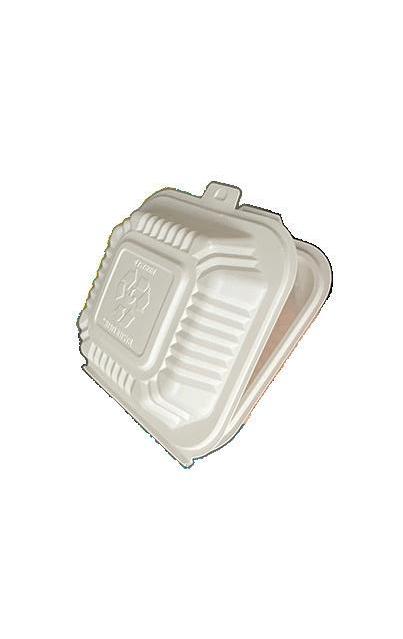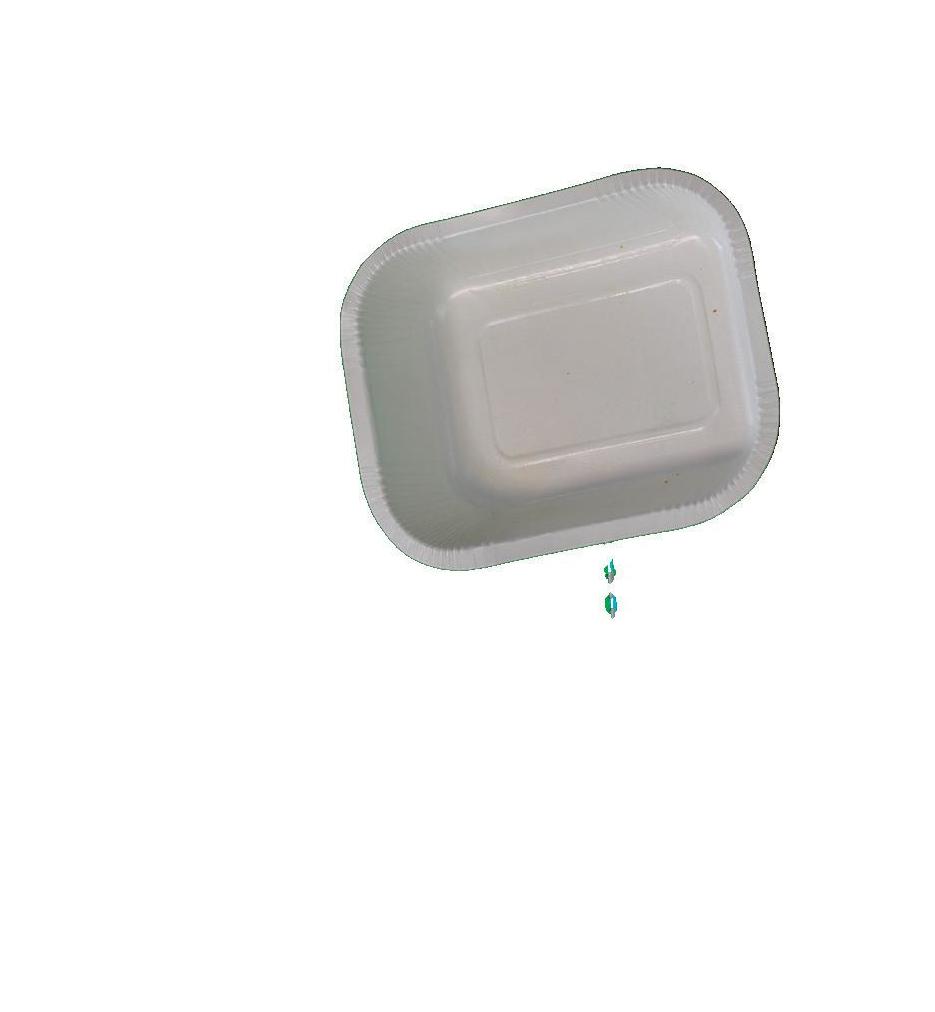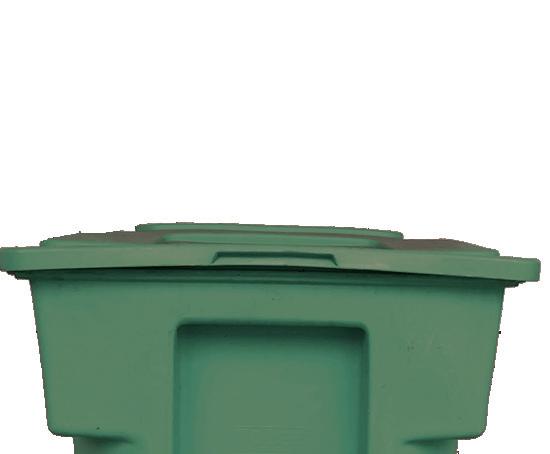
4 minute read
Compostable plastics aren’t so eco-friendly
ROBIN LINARES
As people are becoming more environmentally conscious and searching for alternatives to traditional plastics, a seemingly perfect solution was created: compostable plastics. But are these eco-friendly options too good to be true?
Advertisement
According to the Environmental Protection Agency, compostable plastics are polymers that can break down into compost in industrial treatment facilities with the help of microorganisms, heat, and humidity.
Also, according to World Centric, a manufacturer of compostable plastics and containers, these types of plastics are made from materials like corn, potato, tapioca, and other natural ingredients. This composition allows these plastics to break down into nontoxic compost material in less than six months.
By comparison, traditional plastics, such as plastic bottles, can take up to 1000 years to decompose, according to Healthy Human Life.
Additionally, according to Shaila Mehta, secretary for Carlmont’s Green Team, traditional plastic production causes severe environmental harm.
“Traditional plastic is made out of oil, so it tends to create a lot of pollution,” Mehta said.
While compostable plastics seem to be a better alternative to traditional plastics, they are not perfect. Compostable plastics need a certain kind of machinery to break down, but many areas don’t have that type of infrastructure.
There is the infrastructure to break down soft compostable plastic bags in our waste service area, which covers much of San Mateo County. Still, they can’t break down harder forms of compostable plastic, like utensils or coffee lids. Julia Au, the Senior Outreach, Education, and Compliance Manager at Rethink Waste, explained what happens when people put these types of plastics into the compost.
“They will probably be [put in the] landfill,” Au said. “Blossom Valley Organics North [one of two organic facilities that San Mateo County sends its organic waste to], has explicitly told us in their agreement with us that biodegradable plastic food service ware is a contaminate in their system and cannot break down at their facility.”
Furthermore, there are specific guidelines for plastic labeling, which confuses many consumers. According to the Sustainable Packaging Coalition, while compostable plastics, biodegradable plastics, and bioplastics sound similar in theory, only plastics labeled compostable can be put in the compost bin. Both biodegradable products and bioplastics can’t be composted since the former takes too long to decompose, and the latter isn’t required to biodegrade.
Au explains how this confusion can allow consumers to mistakenly put their biodegradable bins in compost, which comes with unexpected consequences.
“We do a lot of wish-cycling where people will sort it, or it’ll get sorted out, and I like to remind folks, our recycling facility is 80% machine, and 20% human being, but machines and people are flawed, so we can’t sort everything out,”
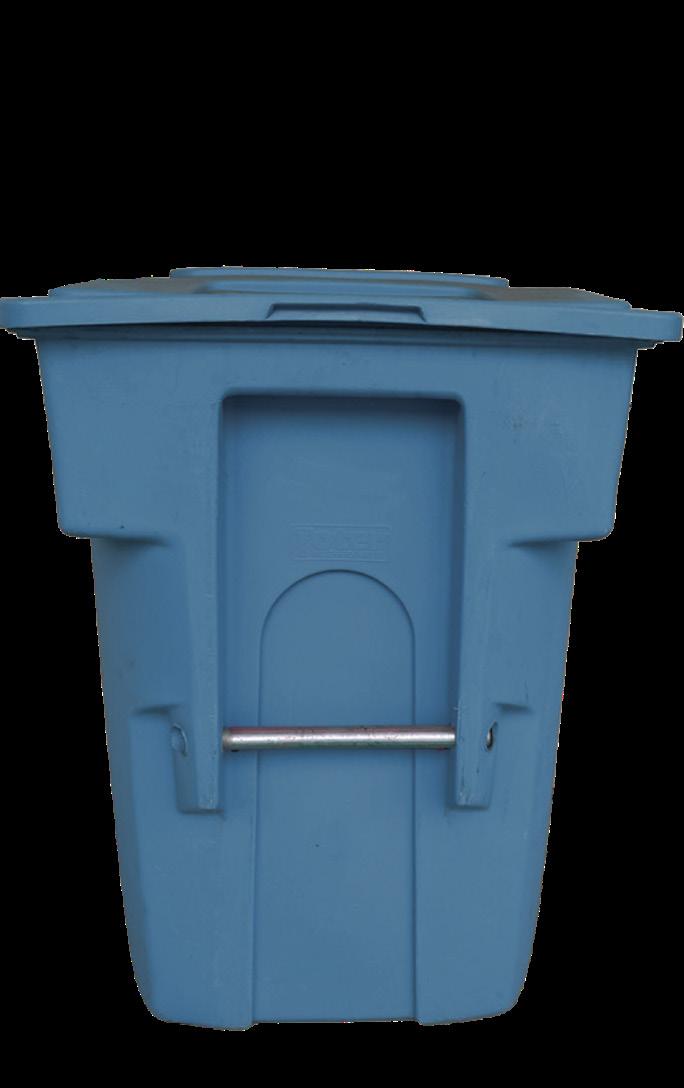
ROBIN LINARES ROBIN LINARES

Au said. “If you don’t know the full breakdown [of these plastics], and they are treated in an industrial facility, it might end up back in your soil.”
As an alternative to compostable plastic products, there are disposable products made out of paper fibers. The Sequoia Union High School District is implementing these eco-friendly containers into school lunchrooms as suggested by Director of Food Services Sandra Jonaidi.
“We’re [starting] a program where we buy compostable paper [foodware] that’s reheatable and has a recyclable plastic sealed plastic lid,” Jonaidi said. “The containers that we will be moving to are 100% compostable.”
The company that the district is ordering from, Oliver Quality, has food trays made from sugarcane and bamboo fibers rather than compostable plastics.
The district’s switch to fiber-based compostable products coincides with a new ordinance in San Mateo County, requiring disposable food ware to be reusable or made out of fiber-based compostable materials. The City of Belmont will fully implement and enforce the ordinance by March 25, 2022.
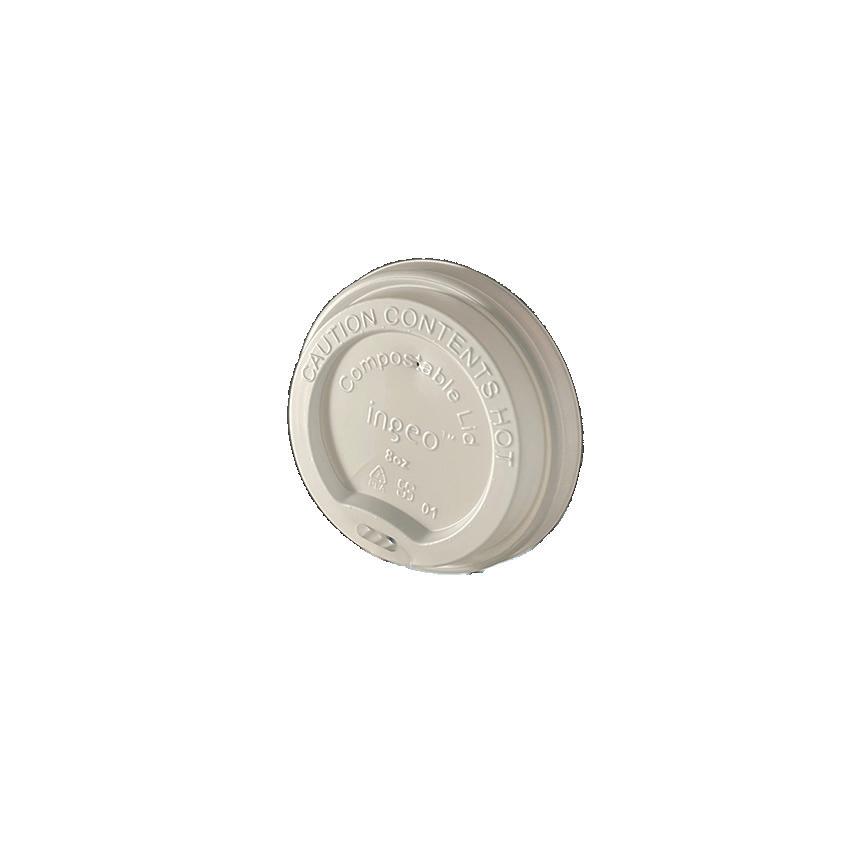
Au noted how fiber-based products are more beneficial to the environment, as it causes less confusion than compostable plastics. “We’re moving towards something that you know people might not question as much because it isn’t plastic-based; it is fiberbased,” Au said. “And we will accept those [fiber-based containers] in our compost system.”
While there is always a push to have more environmentally conscious alternatives, Au noted that it is often worth doing an extra bit of research to see which bin your disposable goods can go in.
According to Au, “We have a lot of great resources. Recology has a website called whatbin.com to look up what goes in what bin. I think if we all spent an extra 30 seconds to a minute to just go on the website and look up what goes where it would save us a lot of headaches,” Au said.
“This is something that we can all do; compost, but also compost correctly.”



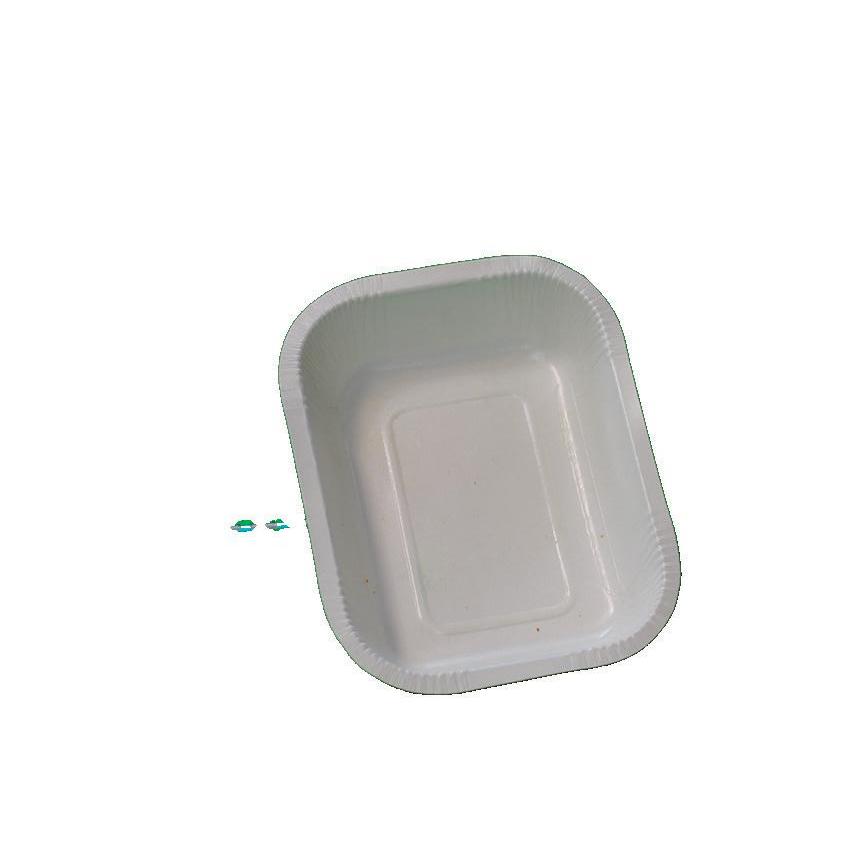
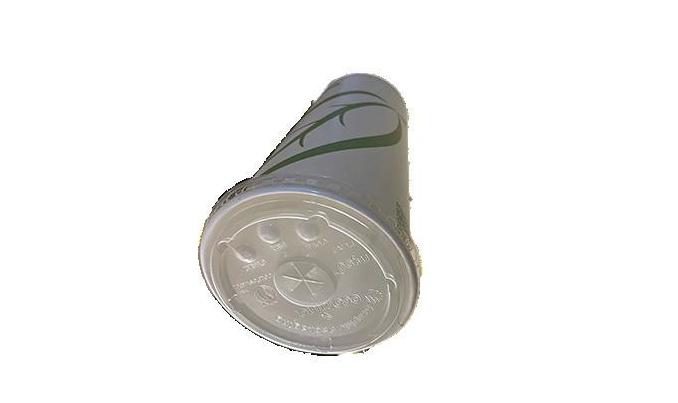
ANDREW SHU
